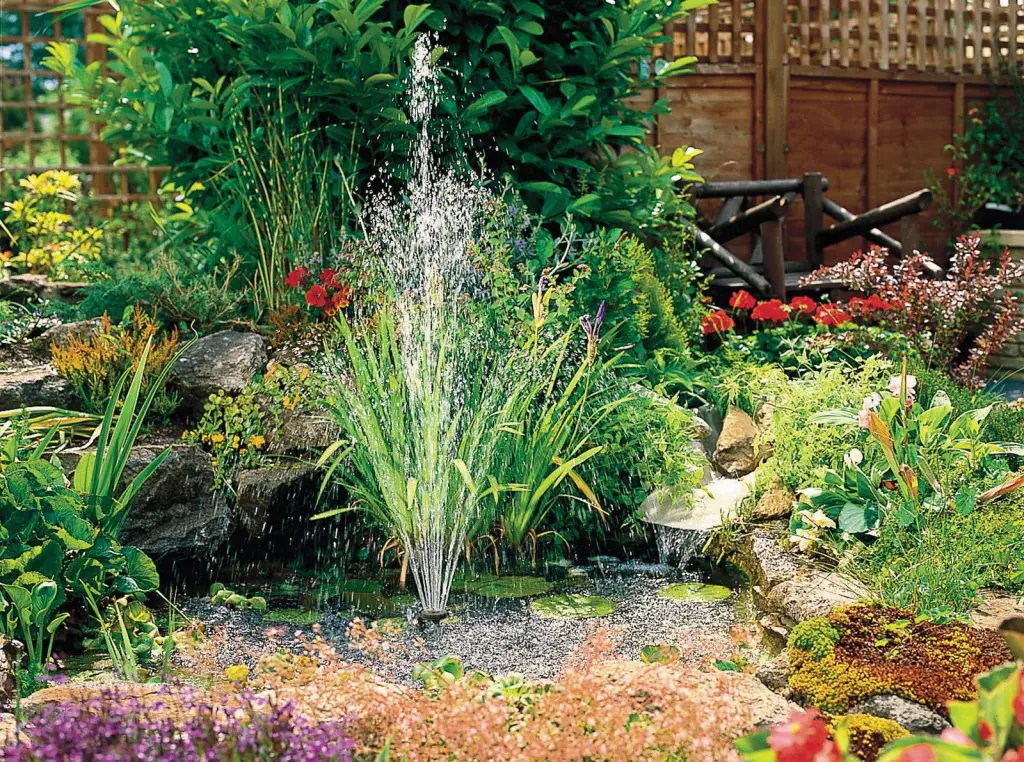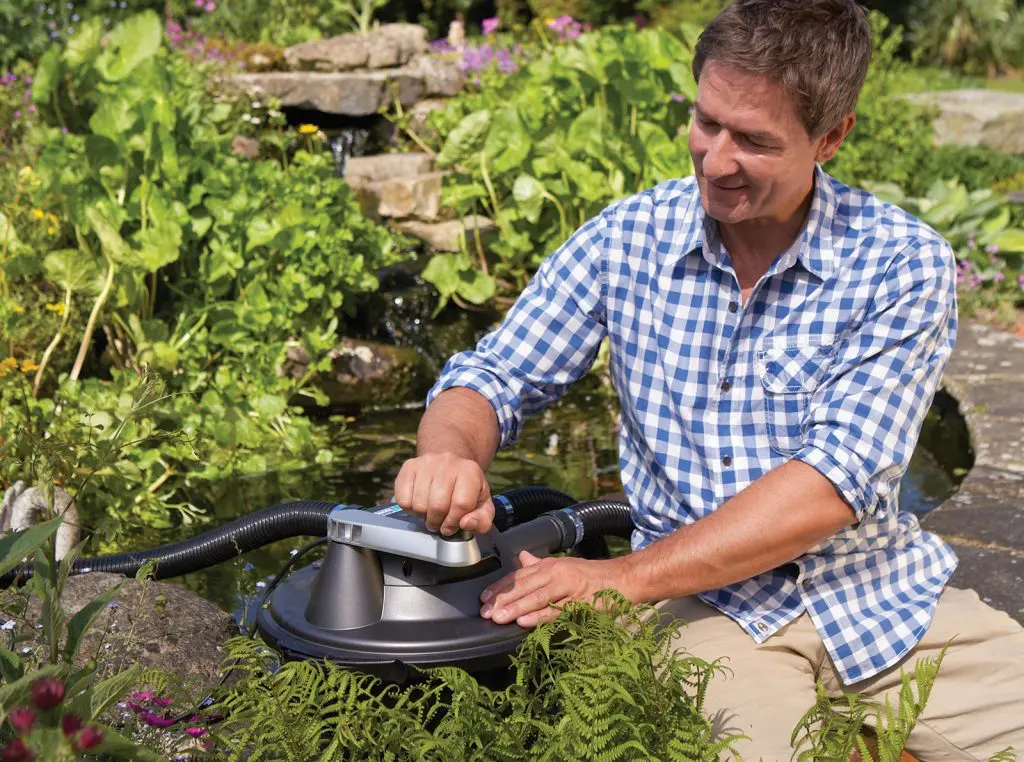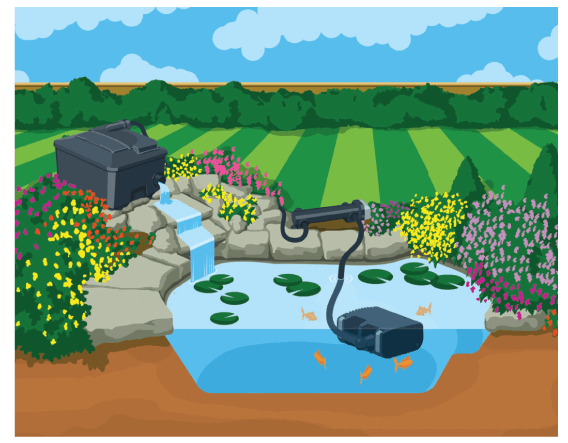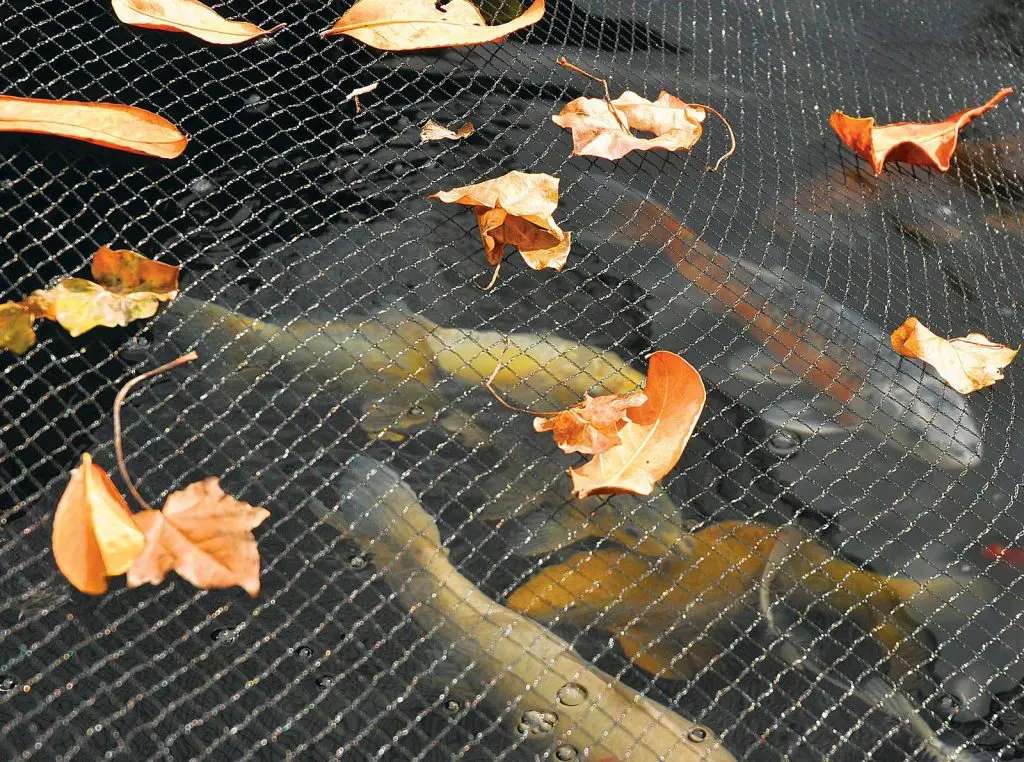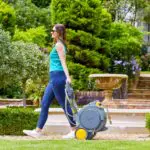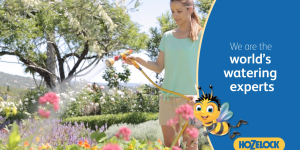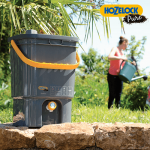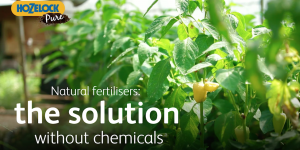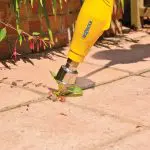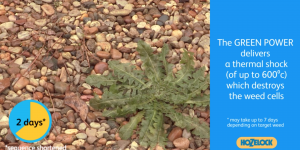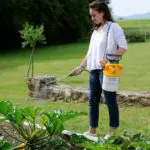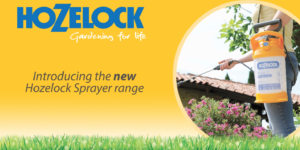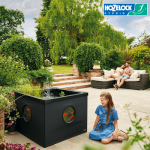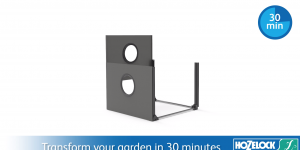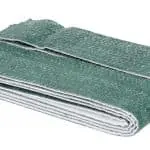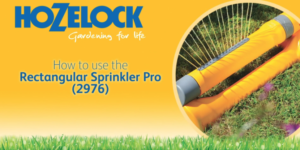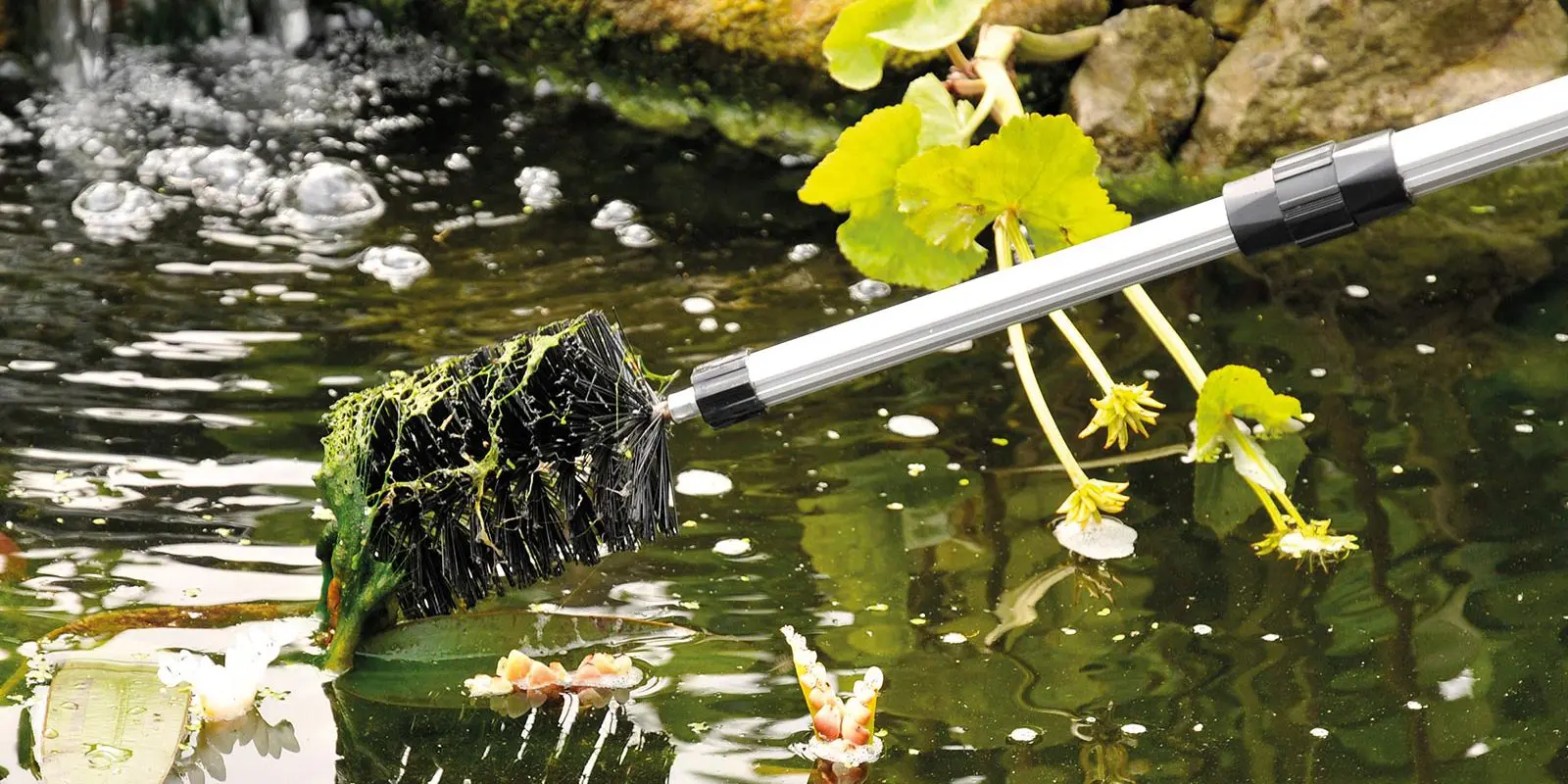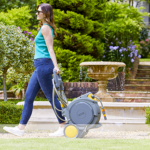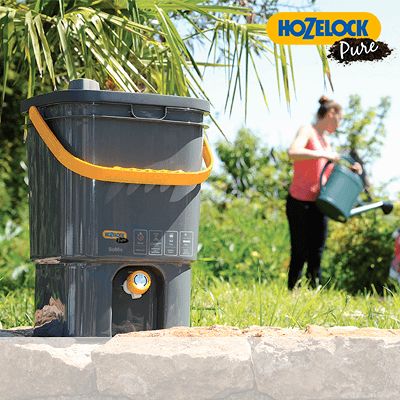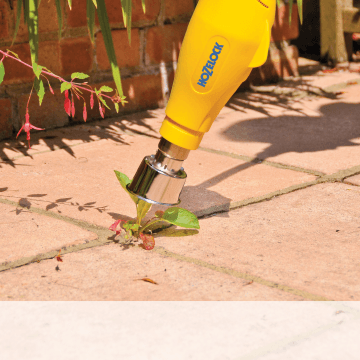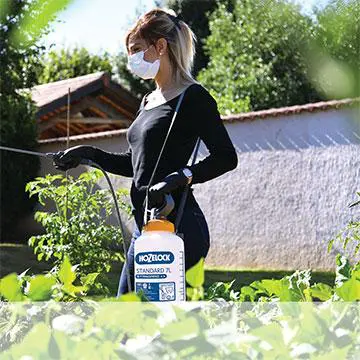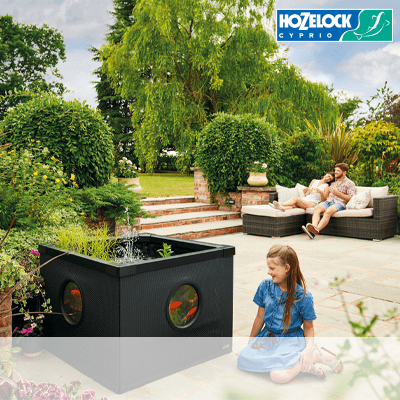What is Blanket Weed?
Blanket weed (filamentous algae) also commonly referred to as string algae or silkweed is a type of algae and is one of the most prolific aquatic weeds known to amateur and professional pond-keepers.
It occurs in different forms so can sometimes be hard to identify but it is typically either floating on top of or submerged within pond water as clumps of thick green, hair-like strands that will attach themselves to pond walls despite having no leaves or stems.
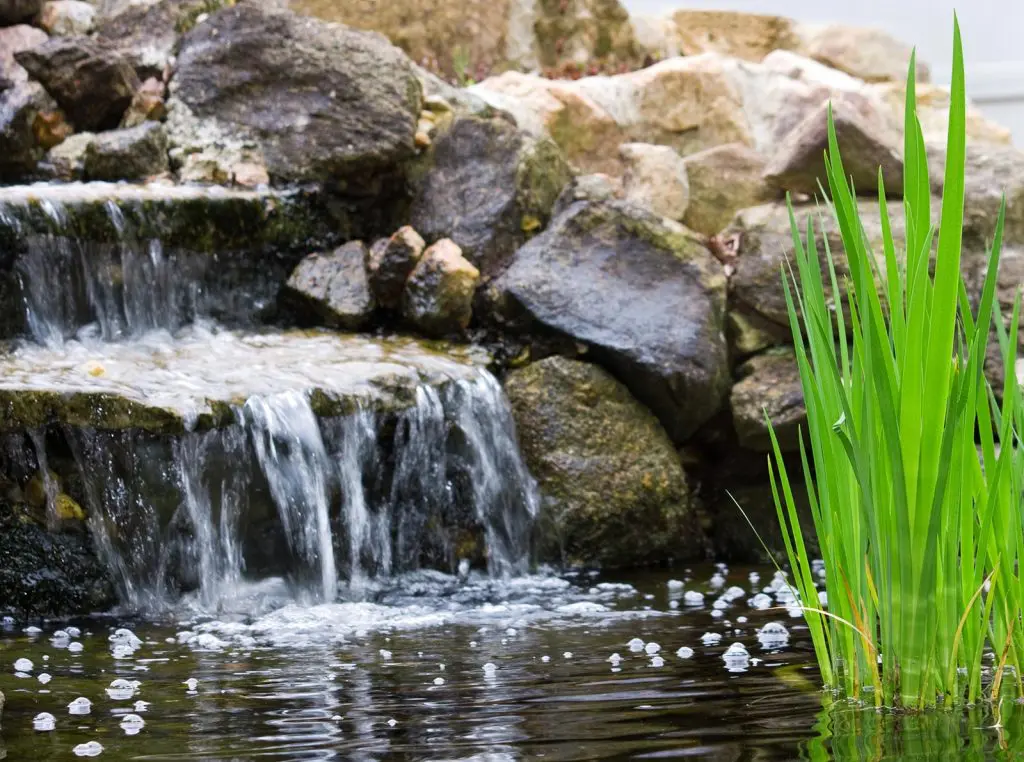
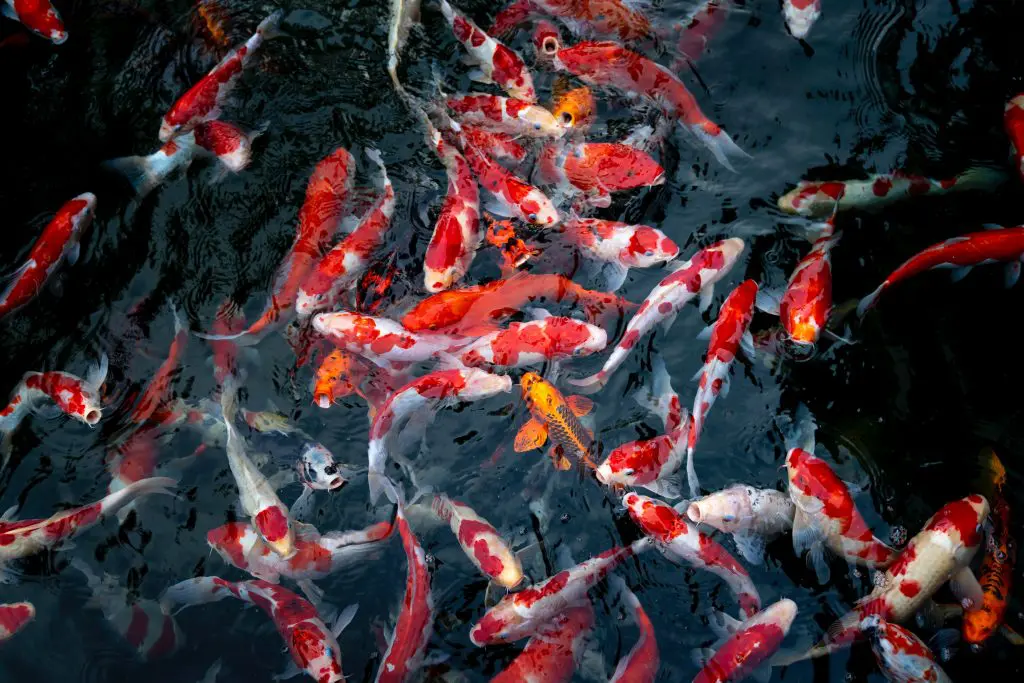
Problems with Blanket Weeds
- Algae will spread quickly and have a detrimental effect on pond life.
- Makes the pond look unappealing.
- Deoxygenates the water as it consumes large amounts of oxygen and deprives submerged oxygenating pond plants of sunlight.
- Creates a harmful environment for aquatic plants and fish are forced to compete with it for oxygen.
- Fish can get tangled in submerged string algae and potentially suffocate.
Main causes of Blanket Weed
There’s not a one-fix solution to blanket weed, every pond is different so what works in one might not help another.
- Poor filtration –make sure to use a filter that is the correct size for the volume of water in the pond. If waste builds up, then the nutrients feed the weeds and encourage them to grow.
- Debris/sludge – fallen leaves, leftover food will rot down into waste. Clearing them regularly will help reduce sludge building up.
- Fertilisers leaching into the pond.
- High PH – Blanket weed is often a sign of chemical imbalance in the pond even if the water looks clear.
- Sunny area – if most of the pond is in direct sunlight, then that will fuel algae and weed growth. Partial sunlight is best, as you want the water to still be oxygenated you could use planting to help shade it (i.e. water lilies) or trees but if trees drop leaves that will be more to clean!
- Too many fish – most domestic ponds tend to have more fish in than you would find in nature. Fish create a lot of waste, so you need to increase the size of the filter to enable it to be processed:
- EXAMPLE You have a 3000L pond. Without fish, you could use a filter with a 3000L rating. If stocked with fish, the amount of waste in the pond doubles, so you would need to move up to at least 4500, ideally 6000l rating, depending on how many/what size of fish. The same applies to if there is more sunlight, or if the pond is shallow – then you want to add 25% onto filter size. But it’s better to over-filter than under-filter.
Solutions to Blanket Weed
- Give the pond a clean to remove debris and sludge, as well as the blanket weeds.
- Give the pond equipment a service, to make sure it is working correctly. If you have fish using a filter with a UVC would be good. The water passes through the UV light first, which encourages small particles/algae to clump together. The larger clumps then get caught in the filter media. Once you’ve done that, then you could test the water, and treat it if necessary. Regular testing will indicate when there is a spike in the levels, so you can clean or treat it again.
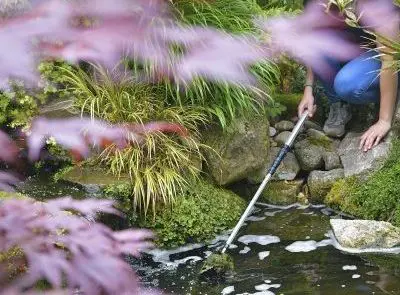
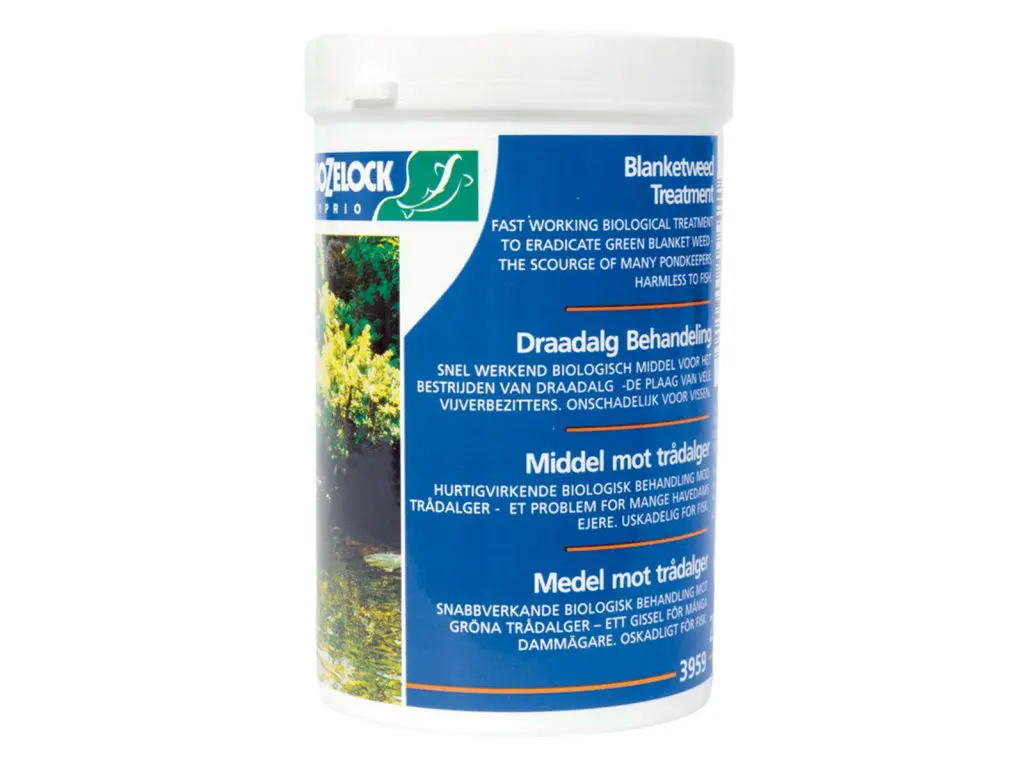
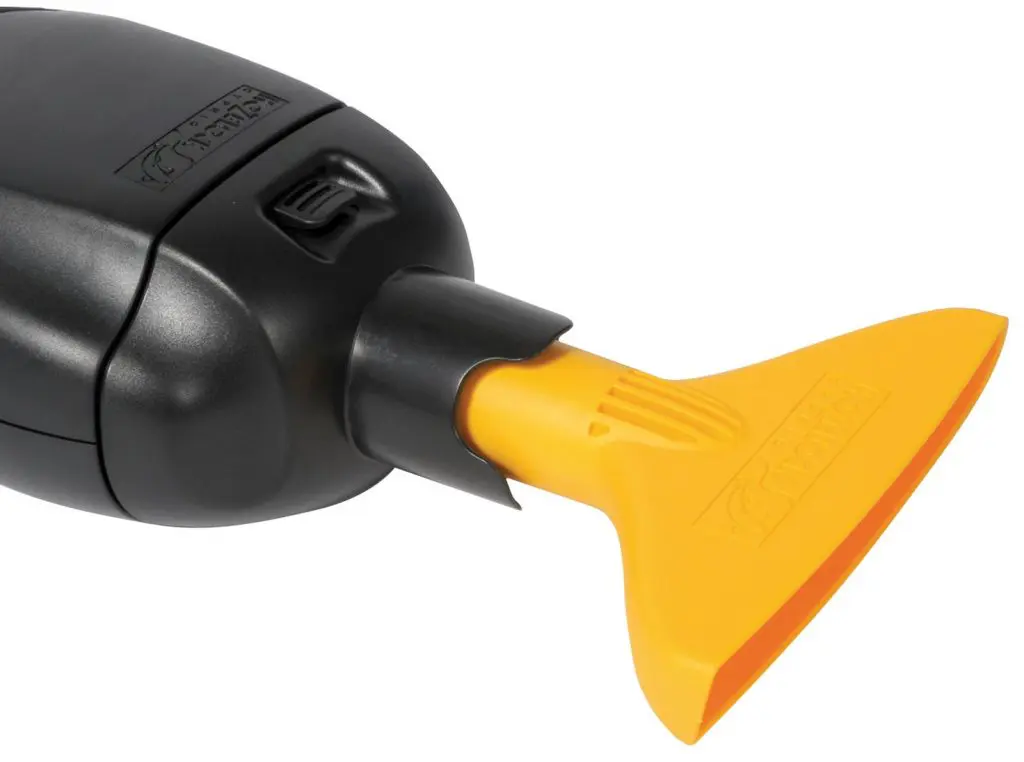
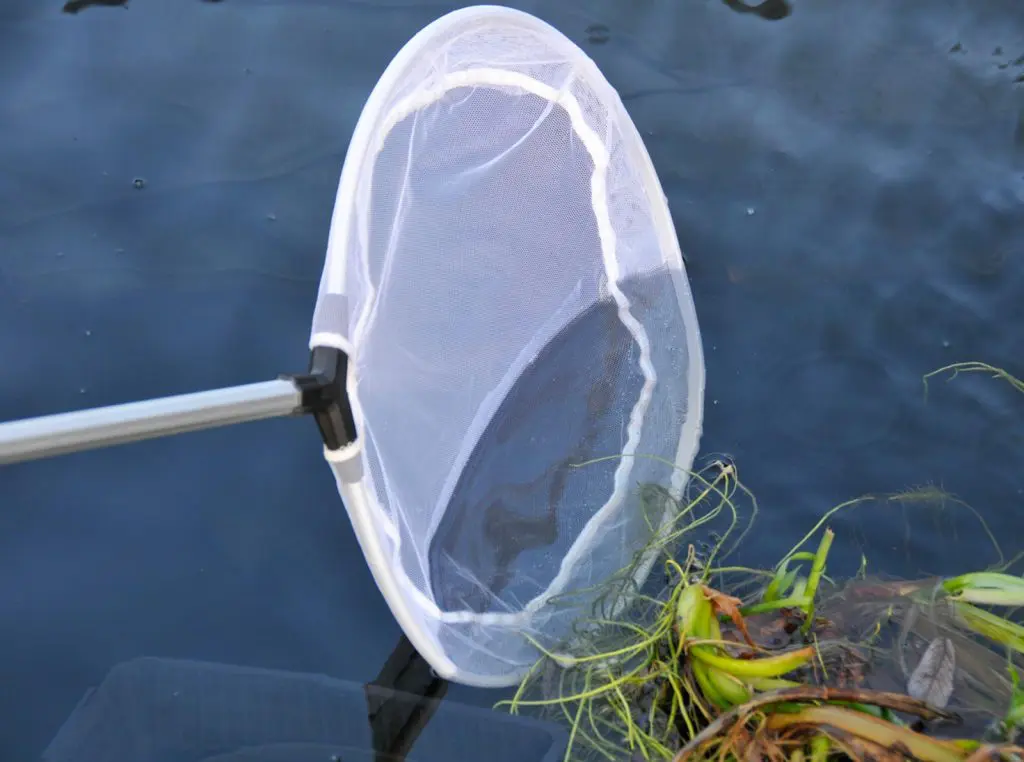
-
EasyClear
All-in-One pump/filter/uvc (for smaller ponds up to 9000l)
-
Bioforce Revolution filter
UVC (for bigger ponds/ponds with a lot of fish that need a dedicated filter – pair with an Aquaforce pump)
-
Vorton UVC
Situate above ground to pair with an existing filter/pump set-up
-
Pond cover net
Will help catch leaves etc making them easier to dispose of
